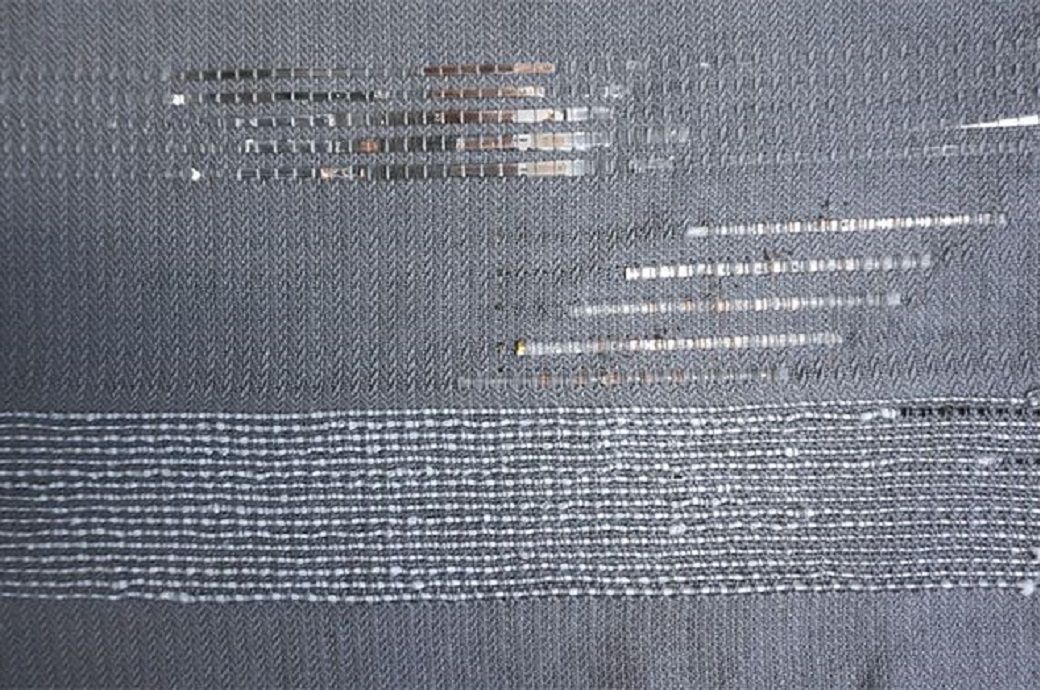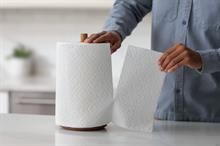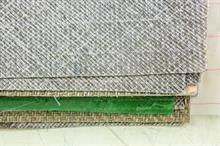
The team found that weaving electronic, optoelectronic, sensing, and energy fibre components on industrial looms used to make conventional textiles is more sustainable and cost-effective than using specialised microelectronic fabrication facilities that produce large volumes of waste, the University of Cambridge said.
The findings of the study, which were published in the journal Science Advances, have showcased the potential of smart textiles as a viable substitute for bulky electronics in various industries such as automotive and fashion.
The functionality, dimensions, and shapes of smart textiles have been limited by current manufacturing processes. However, last year, the same researchers demonstrated that if the fibres used in smart textiles were coated with materials that can withstand stretching, they could be compatible with conventional weaving processes. They were able to create a prototype display that was woven and measured 46 inches using this method.
It has been demonstrated by the researchers that automated processes can be used to create smart textiles of any size or shape. These smart textiles consist of various types of fibre devices, such as energy storage devices, light-emitting diodes, and transistors, that are incorporated into conventional fibres (whether synthetic or natural) through automated weaving.
An automated laser welding technique, aided by electrically conductive adhesive, is used to interconnect the fibre devices. To make the smart textiles capable of withstanding the stretching of an industrial weaving machine, all processes were fine-tuned to minimise harm to the electronic components. The encapsulation approach was designed to account for the fibre devices' performance, and both mechanical force and thermal energy were thoroughly examined to accomplish automated weaving and laser-based interconnection.
Through collaboration with textile manufacturers, the research team successfully created test patches of smart textiles measuring approximately 50x50 centimetres. The production of these textiles can be scaled up to larger dimensions and mass-produced. According to the researchers, it could be feasible to manufacture large and flexible displays and monitors on industrial looms, rather than in specialised electronics manufacturing facilities, resulting in a significant reduction in production costs. Additional improvements to the process are necessary.
Dr Sanghyo Lee from Cambridge’s department of engineering, the paper’s first author, said: “We could make these textiles in specialised microelectronics facilities, but these require billions of pounds of investment. In addition, manufacturing smart textiles in this way is highly limited, since everything has to be made on the same rigid wafers used to make integrated circuits, so the maximum size we can get is about 30 centimetres in diameter.
“These companies have well-established manufacturing lines with high throughput fibre extruders and large weaving machines that can weave a metre square of textiles automatically. So, when we introduce the smart fibres to the process, the result is basically an electronic system that is manufactured exactly the same way other textiles are manufactured.”
Dr Luigi Occhipinti, also from the department of engineering, who co-led the research, said: “Smart textiles have also been limited by their lack of practicality. You think of the sort of bending, stretching, and folding that normal fabrics have to withstand, and it’s been a challenge to incorporate that same durability into smart textiles.
“The flexibility of these textiles is absolutely amazing. Not just in terms of their mechanical flexibility, but the flexibility of the approach, and to deploy sustainable and eco-friendly electronics manufacturing platforms that contribute to the reduction of carbon emissions and enable real applications of smart textiles in buildings, car interiors, and clothing. Our approach is quite unique in that way.”
Partial financial backing for the research was provided by both the European Union and UK Research and Innovation.
Fibre2Fashion News Desk (NB)

